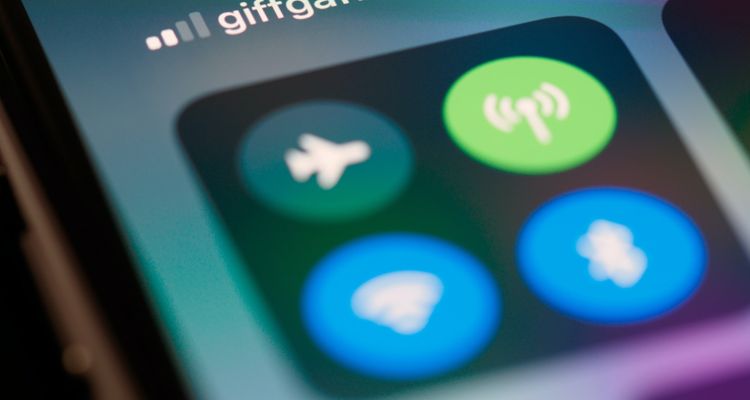Photo Credit: Brett Jordan
The Bluetooth Special Interest Group (SIG) responsible for the wireless standard has announced a new low-energy audio specification.
Bluetooth LE Audio focuses on power efficiency while providing better audio quality. The new spec was first announced in 2020 and it has taken the Bluetooth SIG nearly two years to complete the spec. There are no products available that use the spec yet – but that’s coming in just a few months. The Bluetooth SIG says it expects to see consumer devices with Bluetooth LE Audio implemented by the holiday 2022 season.
“Our members overcame the many challenges placed on them these past few years to complete the largest specification development project in the history of Bluetooth SIG. LE Audio extends the boundaries of what’s possible for the wireless audio market,” says CEO of the Bluetooth SIG Mark Powell.
The new LC3 codec is designed to be a more efficient way to transmit audio via wireless connection. That means higher quality audio than the baseline SBC codec. The Bluetooth SIG claims it will offer slightly better audio quality at less than half the bit rate. A lower bit rate means less power consumption for longer battery life and more listening time.
Bluetooth SIG says that the classic SBC codec usually encodes a 1.5 Mbps audio stream to a 345 Kbps (0.345 Mbps) stream. The Bluetooth LE Audio codec (LC3) can compress the same stream to 160 Kbps (0.160 Mbps) with better audio quality than the SBC codec.
The new LC3 codec is just one of many improvements for the new Bluetooth LE Audio spec. Another new feature is the ability to connect multiple audio devices to a single source in a feature called Auracast.
Auracast will allow you to connect two pairs of headphones to a single phone, or several earbuds to the same TV. Bluetooth SIG says users will be able to search for audio sources like WiFi networks, scan QR codes to connect or use NFC-enabled surfaces for easy connection.

